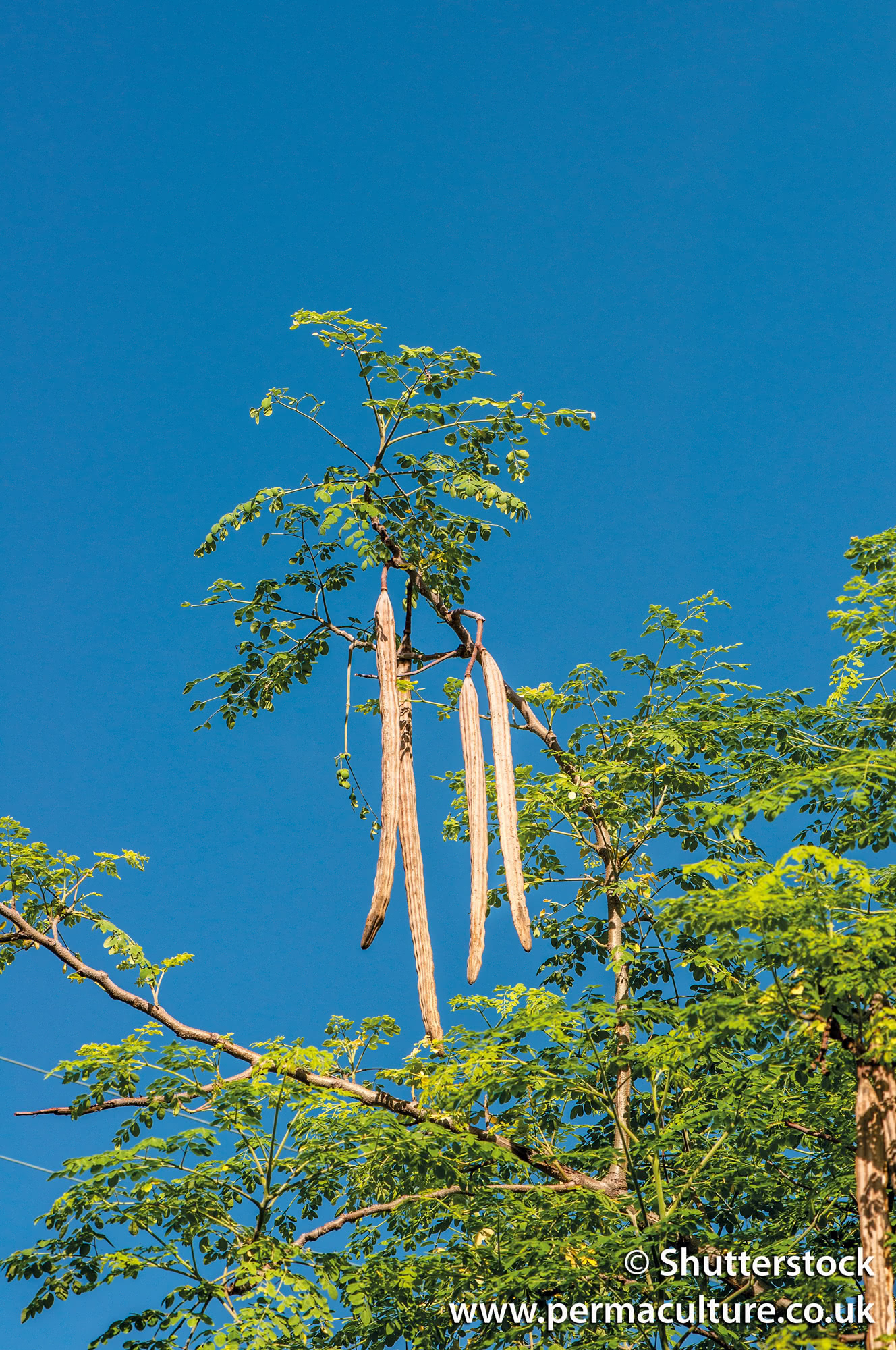The Miracle Tree: Unveiling the Power of Moringa
Moringa oleifera, often hailed as the “miracle tree,” is a fast-growing, deciduous tree native to the Himalayan foothills of northern India. For centuries, this unassuming plant has been revered for its extraordinary nutritional and medicinal properties, earning it a place of prominence in traditional medicine systems across the globe. Today, modern science is rapidly catching up, confirming the age-old wisdom surrounding Moringa’s potential. This article delves into the multifaceted benefits of Moringa, exploring its nutritional profile, medicinal applications, and sustainable potential.
Moringa’s reputation as a superfood stems from its remarkable concentration of essential nutrients. Every part of the tree, from its leaves and pods to its seeds and roots, offers a wealth of vitamins, minerals, antioxidants, and proteins.
Leaves: A Verdant Treasure Trove

Moringa leaves are arguably the most nutrient-dense part of the tree. They can be consumed fresh, cooked, or dried and powdered.
Rich in Vitamins and Minerals
Vitamin A: Crucial for vision, immune function, and cell growth. Moringa leaves contain significant amounts of beta-carotene, which the body converts to vitamin A.
Protein and Amino Acids
Antioxidants and Phytonutrients
Moringa leaves are packed with antioxidants, including flavonoids, polyphenols, and carotenoids, which neutralize free radicals and protect against oxidative stress.
Pods: A Culinary Delight

The long, slender pods of the Moringa tree, often referred to as “drumsticks,” are a staple in many cuisines.
Fiber and Nutrients
Moringa pods are a good source of dietary fiber, which promotes digestive health and helps regulate blood sugar levels.
Culinary Uses
Seeds: A Source of Oil and Water Purification
Moringa seeds, found within the pods, are rich in oil and possess remarkable water purification properties.
Moringa Oil

Moringa seed oil, also known as Ben oil, is a high-quality oil with a unique fatty acid profile. It is rich in oleic acid, a monounsaturated fatty acid with numerous health benefits.
Water Purification
Roots: Traditional Medicine Applications
The roots of the Moringa tree have been used in traditional medicine for various ailments.
Compounds and Uses
Moringa roots contain compounds with potential anti-inflammatory, antimicrobial, and analgesic properties.
Moringa’s medicinal properties are attributed to its rich phytochemical content. Research suggests that Moringa may offer a wide range of health benefits.
Anti-inflammatory and Analgesic Effects
Antioxidant and Anti-cancer Properties
The high antioxidant content of Moringa may protect against oxidative stress and reduce the risk of chronic diseases, including cancer.
Blood Sugar Regulation
Cholesterol Reduction
Liver Protection
Wound Healing
Antimicrobial Properties
Moringa’s resilience and adaptability make it a valuable resource for sustainable agriculture and development.
Drought Tolerance
Soil Enrichment
Food Security
Reforestation
Moringa is relatively easy to cultivate and can be grown in a variety of climates.
Cultivation
Moringa can be propagated from seeds or cuttings.
Consumption
Moringa leaves can be consumed fresh, cooked, or dried and powdered.
While Moringa is generally considered safe, it is essential to be aware of potential precautions.
Pregnancy and Breastfeeding
Medication Interactions
Allergic Reactions
Root Consumption
Moringa oleifera, the “miracle tree,” is a testament to the power of nature. Its exceptional nutritional profile and medicinal properties have been recognized for centuries, and modern science is increasingly validating its potential. From its leaves to its seeds, every part of the Moringa tree offers a wealth of benefits. As we continue to explore the vast potential of this remarkable plant, it holds promise for improving human health, promoting sustainable agriculture, and addressing global challenges.
